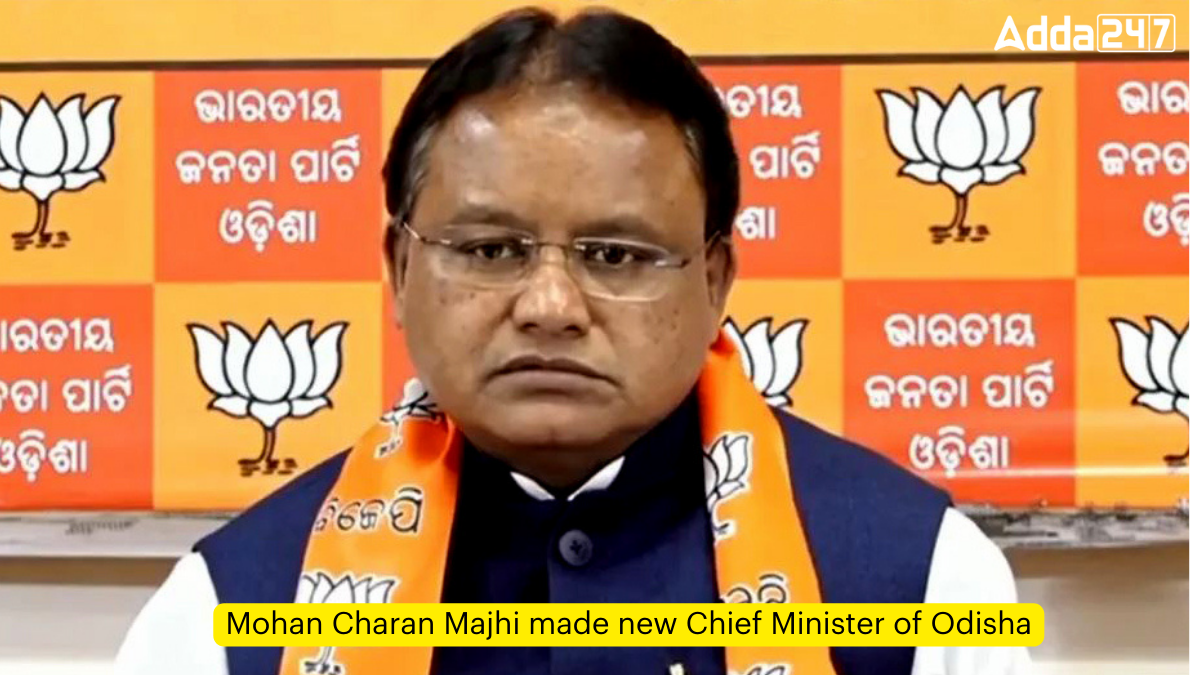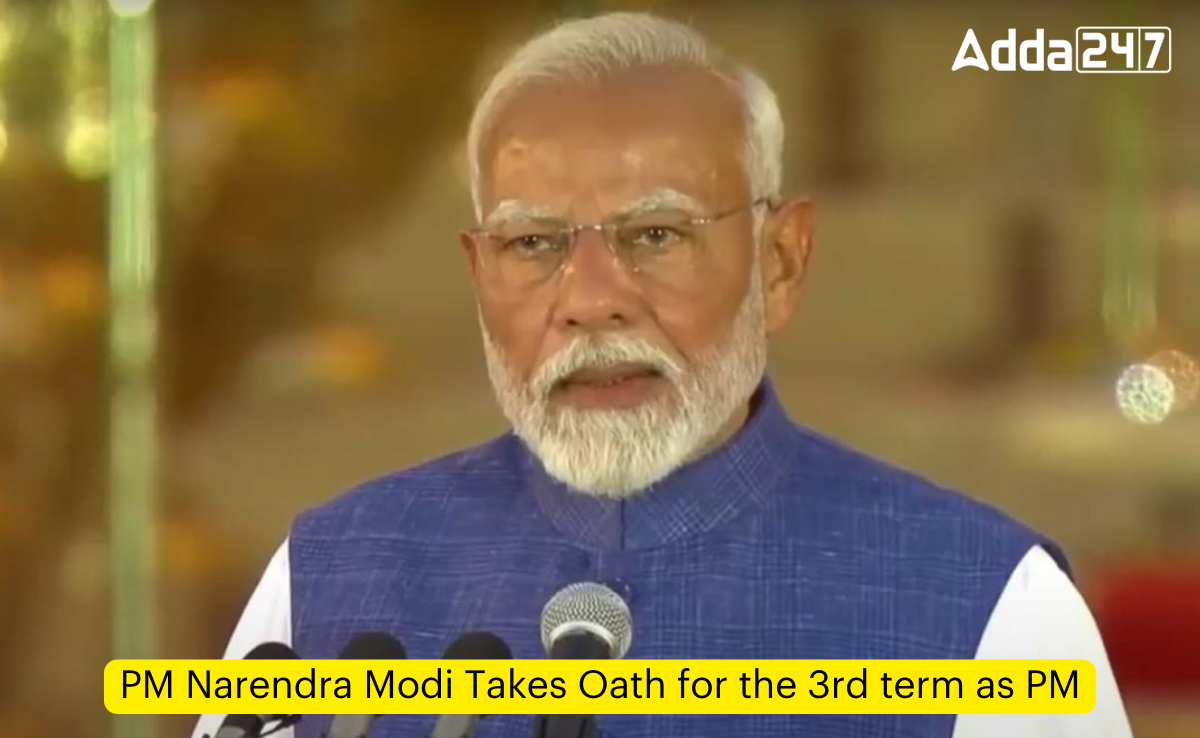Top-10 Cashew Producing States in India
India is one of the largest producers of cashew nuts in the world, with several states contributing significantly to its production. Cashew cultivation is a vital part of India’s agricultural economy, providing livelihoods to millions of farmers. This article explores the top 10 cashew nut producing states in India, highlighting their contributions and key characteristics.
Cashew Production in India
Cashew cultivation in India spans 0.7 million hectares, with annual production exceeding 0.8 million tonnes. From 2019-20 to 2021-22, India’s cashew nut output increased from 0.70 million tonnes to 0.77 million tonnes, highlighting a significant growth in production during this period.
Largest Cashew Producing State in India
Maharashtra is the largest cashew-producing state in India, with an annual production of 199.7 thousand tonnes. The state’s favorable climate, particularly in the Konkan region, supports extensive cashew cultivation. This significant production not only boosts Maharashtra’s economy but also provides livelihoods for numerous farmers, making it a key player in India’s cashew industry.
Top-10 Cashew Producing States in India
Maharashtra with an annual cashew production of 199,700 tonnes, stands as the largest cashew producing state in India, followed by Andhra Pradesh, Orissa and Karnataka.
Here is the list of top-10 cashew producing states in India:
| Top-10 Cashew Producing States in India | ||
| Rank | State | Cashew Production (in tonnes) |
| 1. | Maharashtra | 199,700 |
| 2. | Andhra Pradesh | 127,200 |
| 3. | Orissa | 121,300 |
| 4. | Karnataka | 77,900 |
| 5. | Tamil Nadu | 77,300 |
| 6. | Kerala | 76,800 |
| 7. | Chhattisgarh | 21,400 |
| 8. | West Bengal | 11,500 |
| 9. | Meghalaya | 10,000 |
| 10. | Gujarat | 6,700 |










